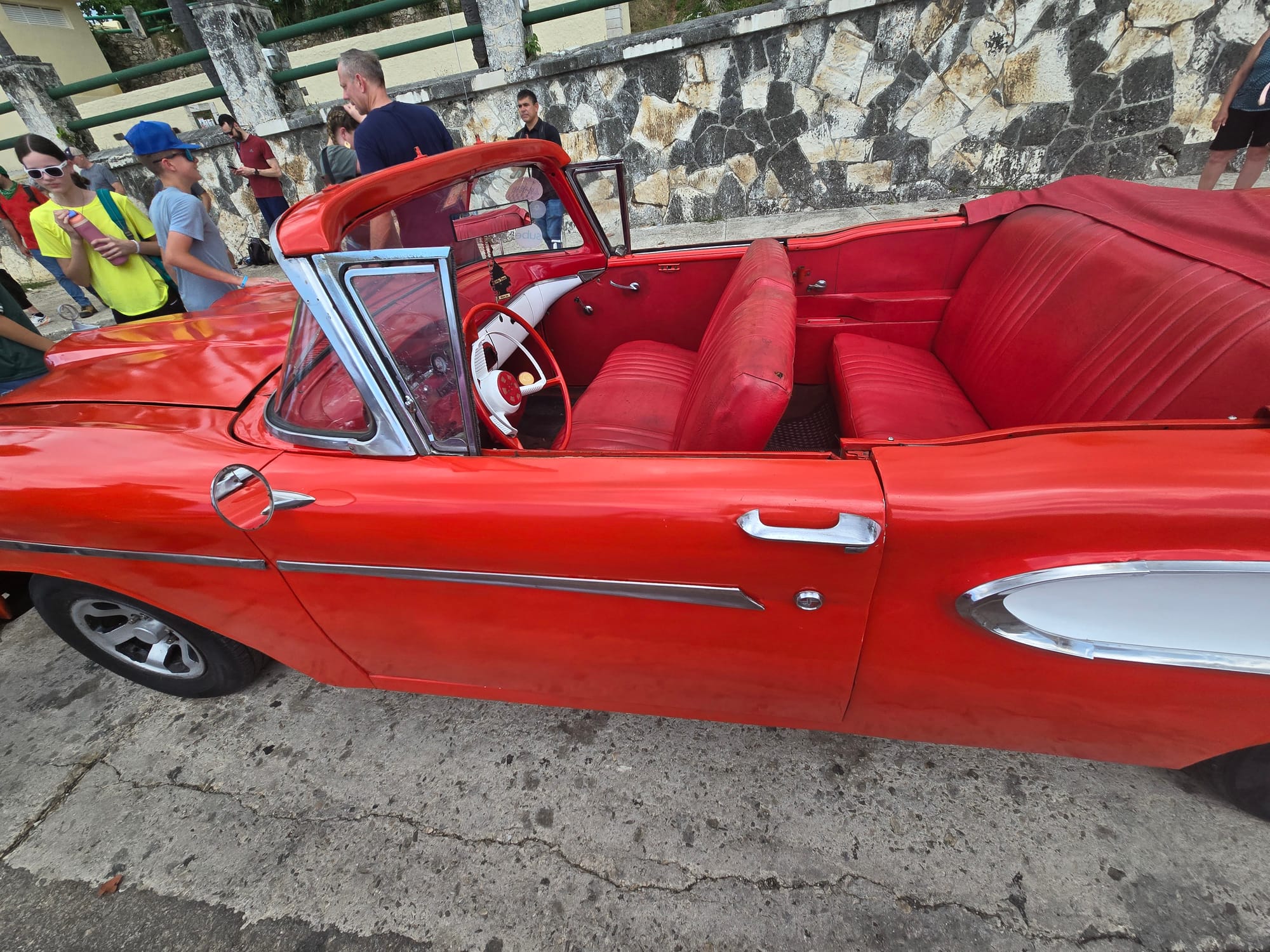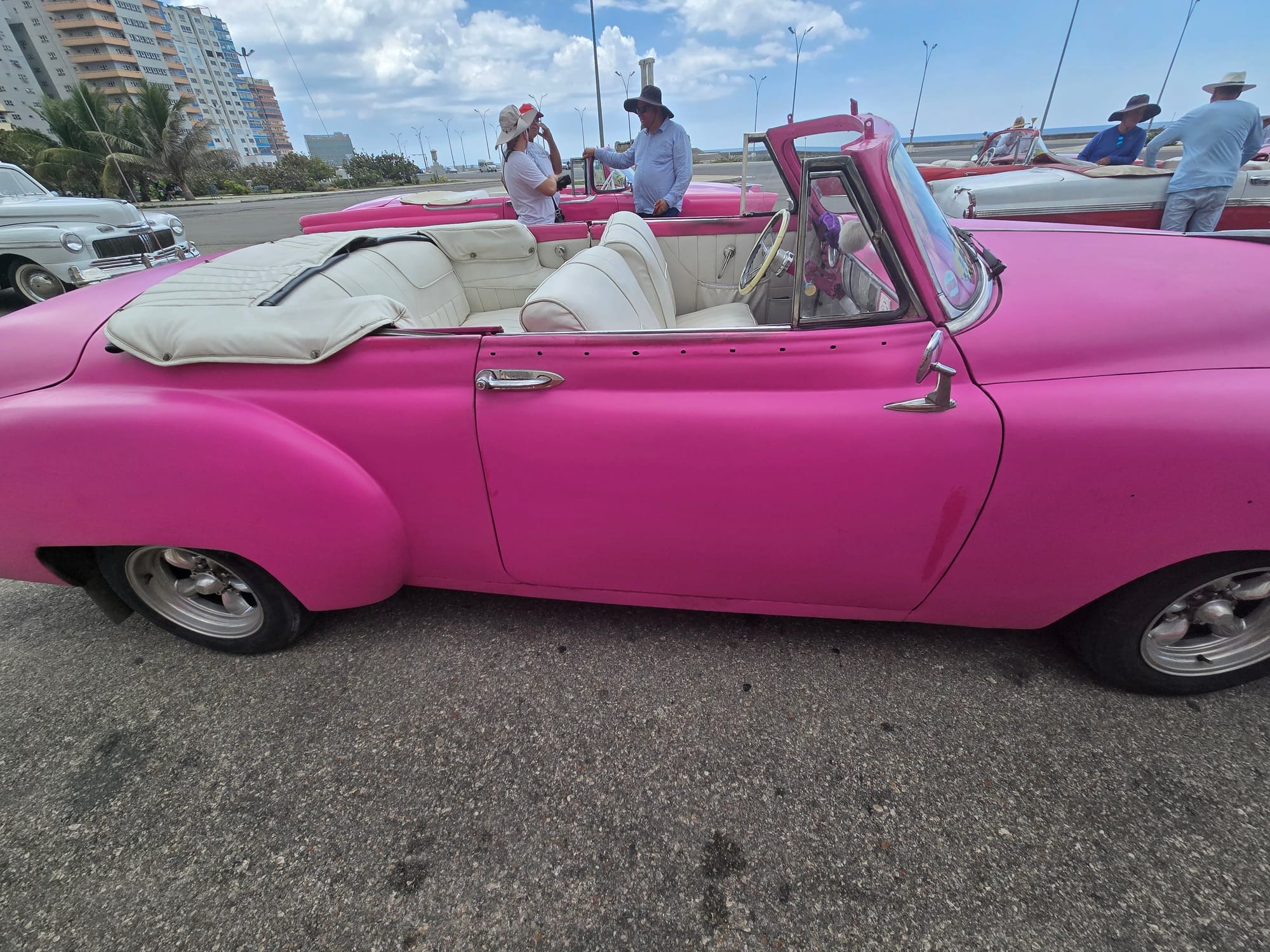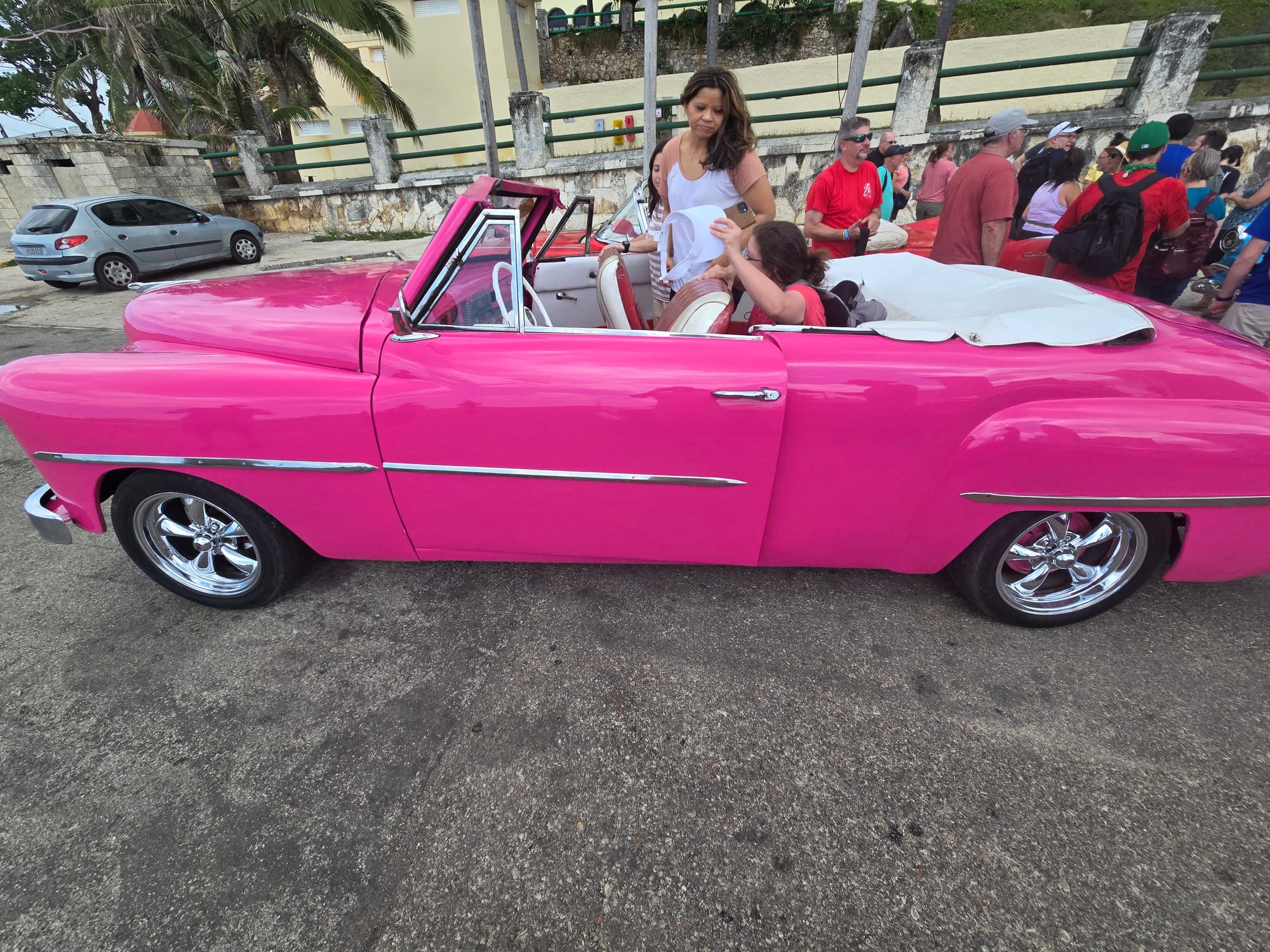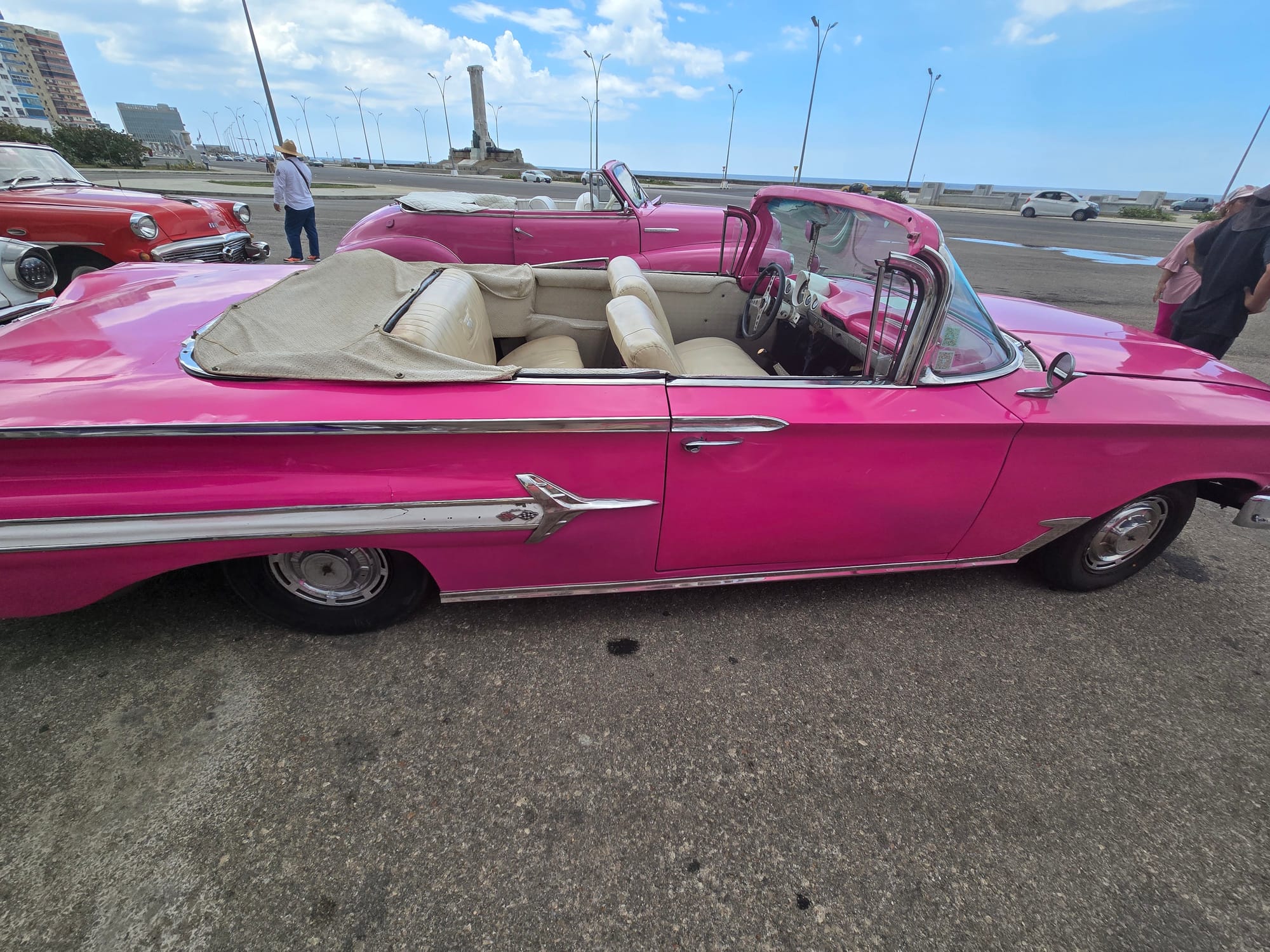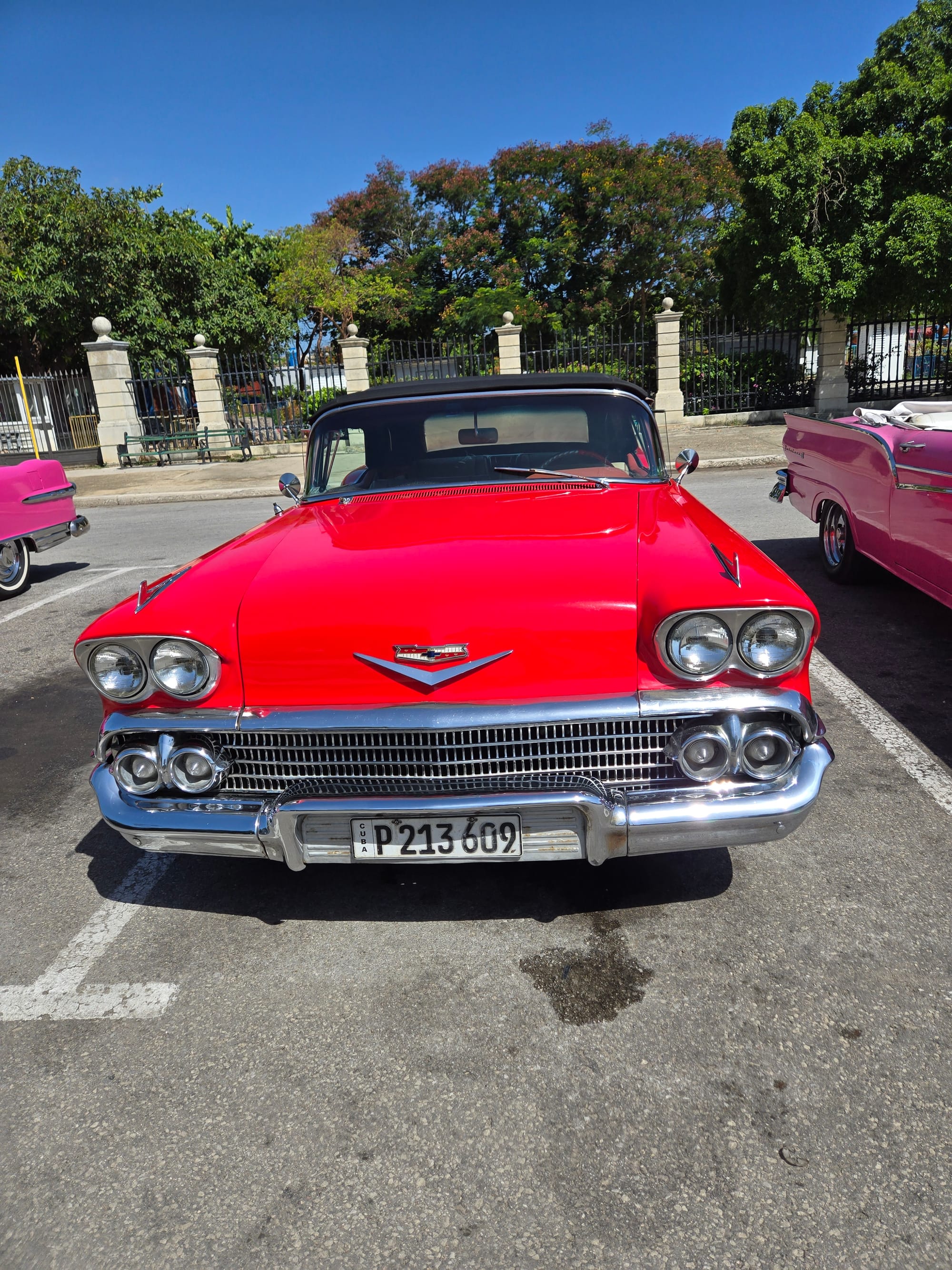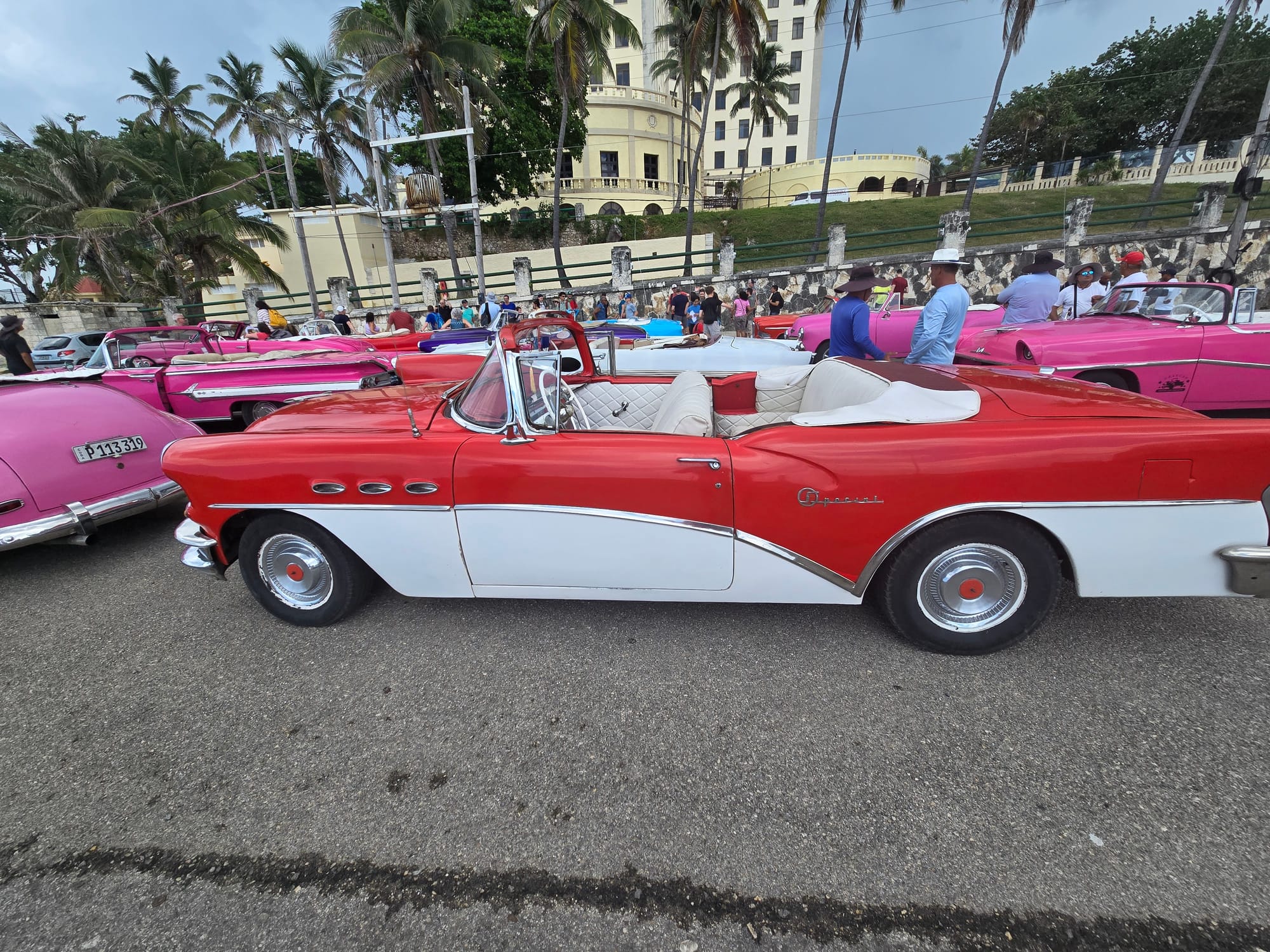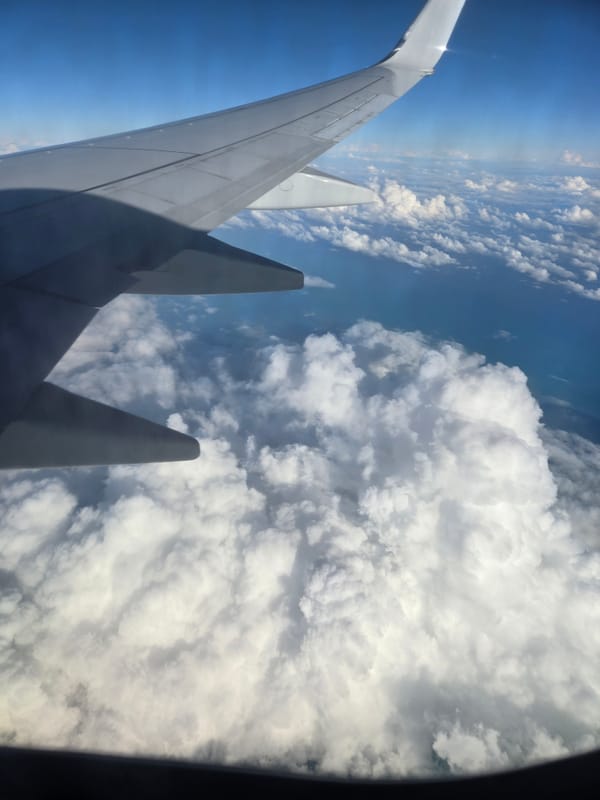Cuba Part 3: The Cool Stuff
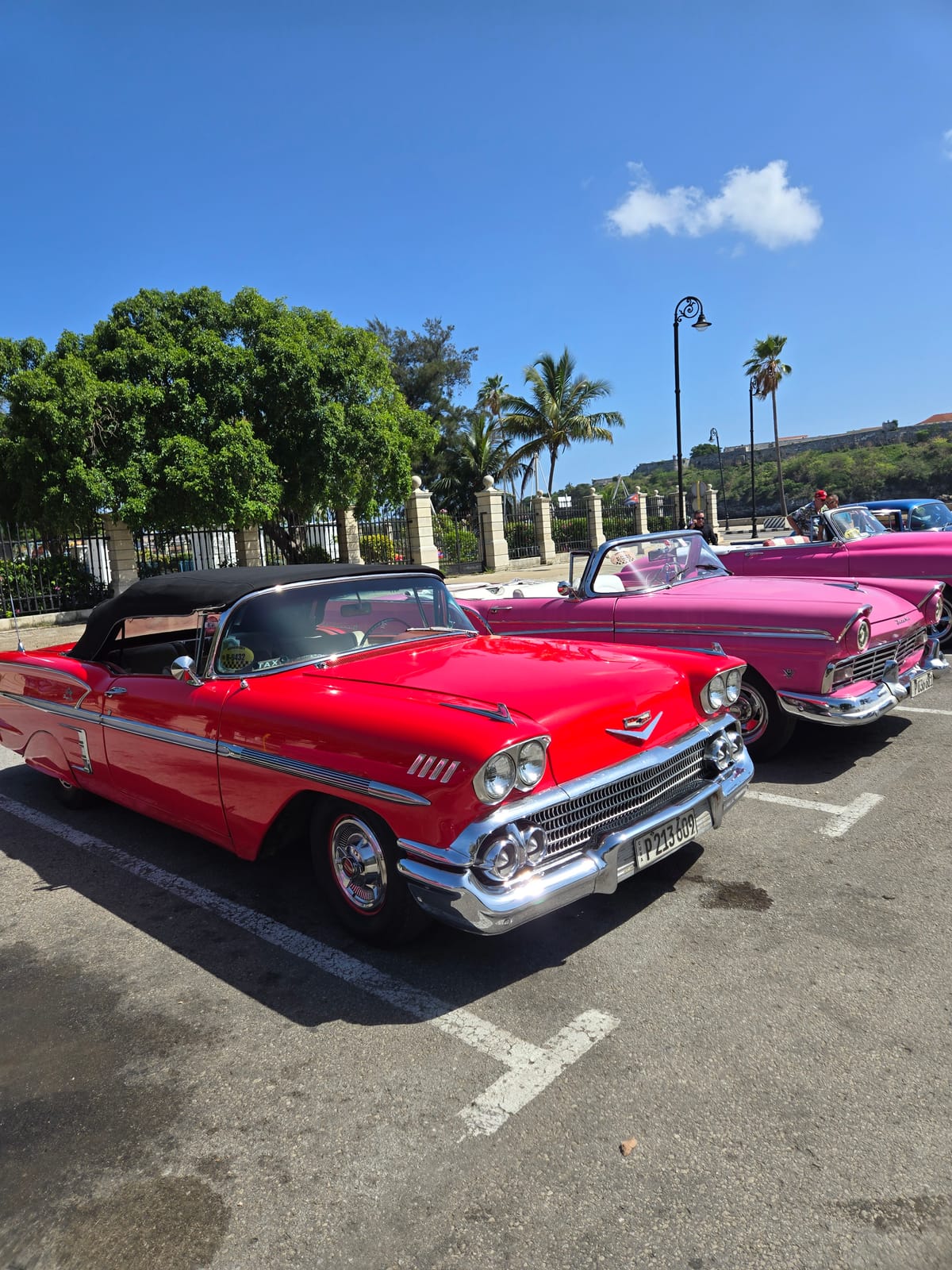
It wasn't all business, of course. Part of this amazing trip was being able to experience the rich history and culture of Cuba and its people.
The Fort and the Cannon Blast
Cuba is famous for its Spanish ruins and forts. Each night at precisely 9:00 PM, guards at La Cabaña Fortress light the cannon and fire into the sky — a centuries-old tradition from Havana’s colonial days. Watching it up close is like stepping back in time. The stone ramparts, the flicker of torchlight, the sound of boots on stone — all a reminder that adventure and legacy are still alive in this world.
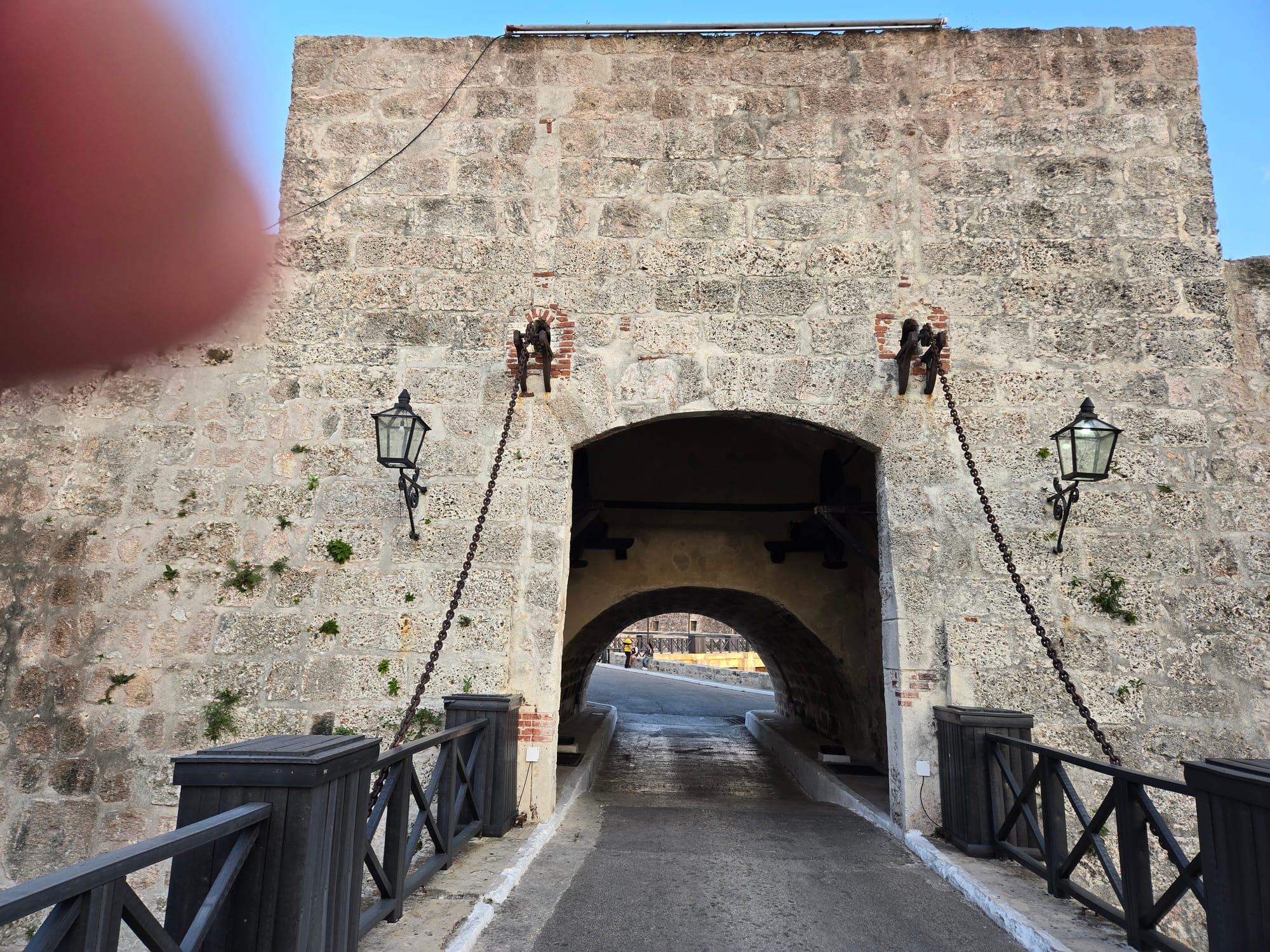
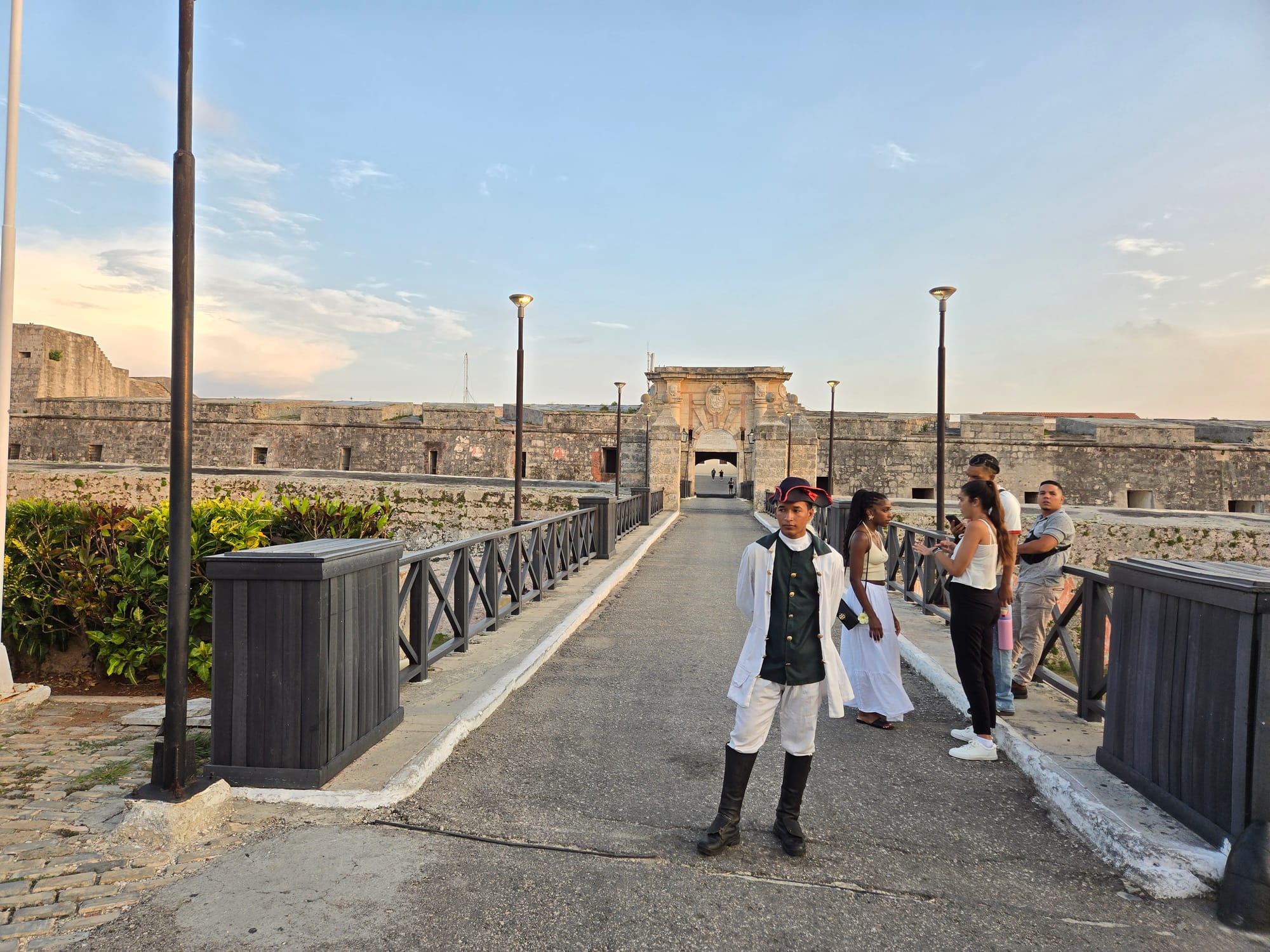

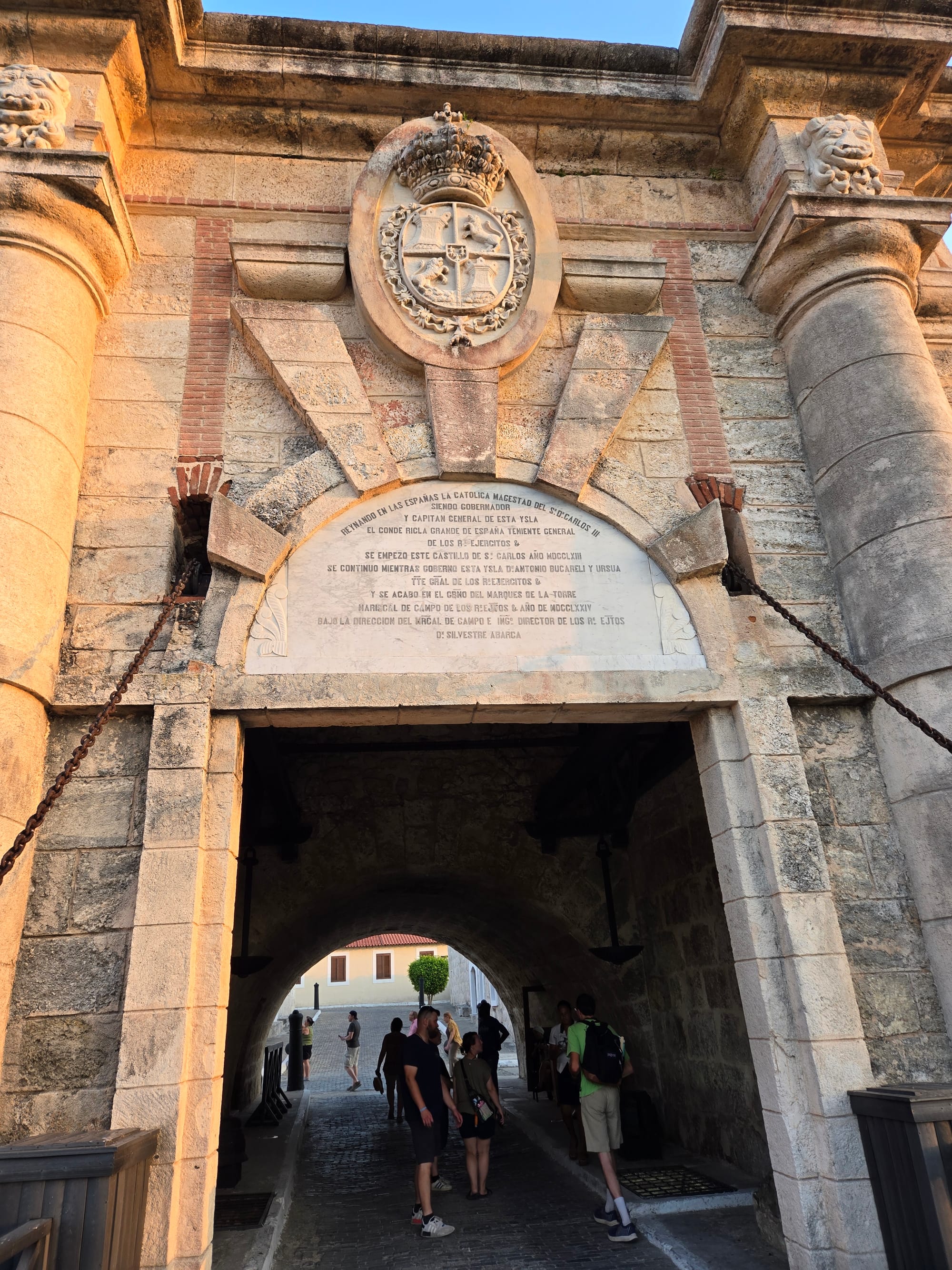
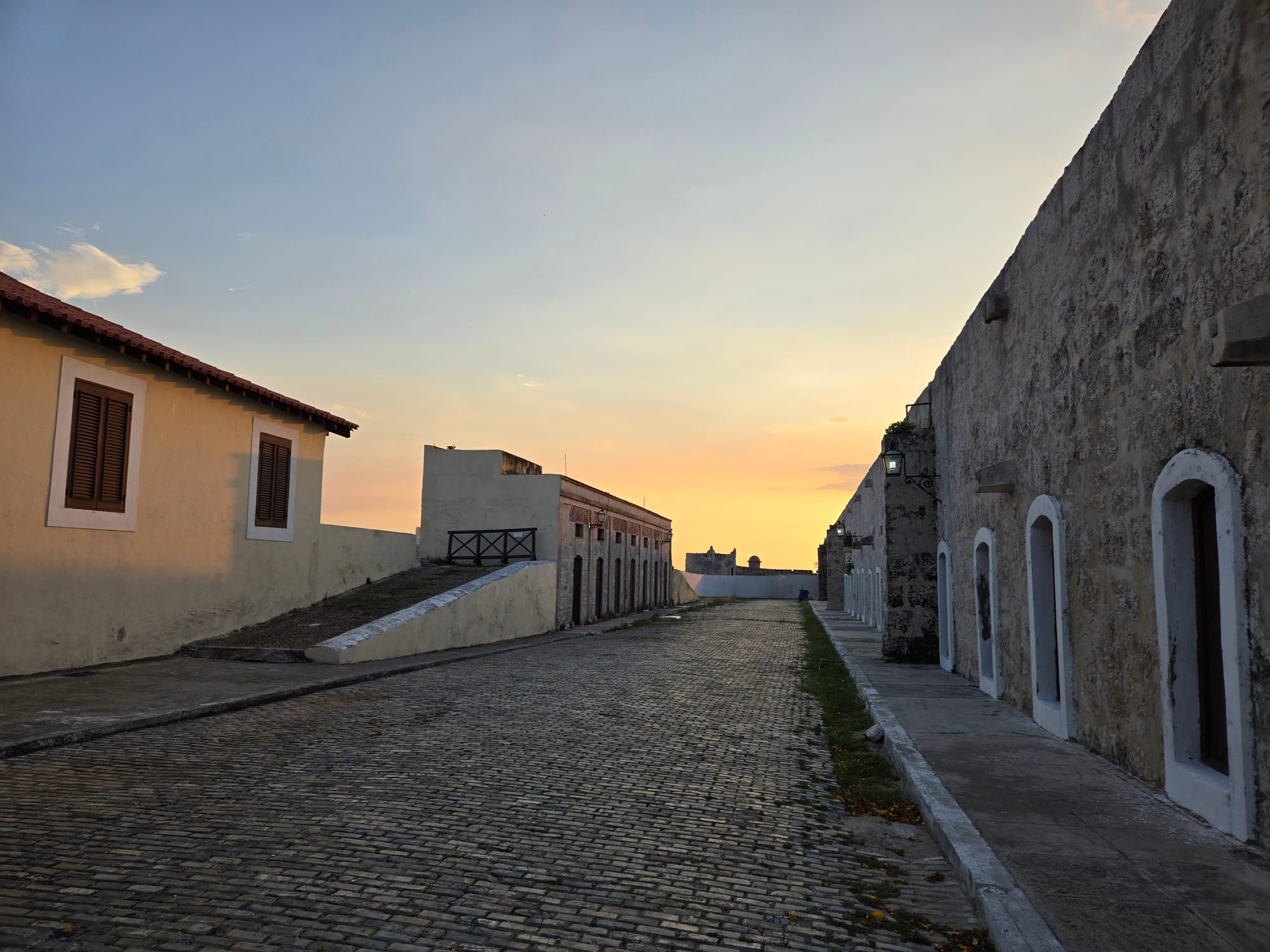
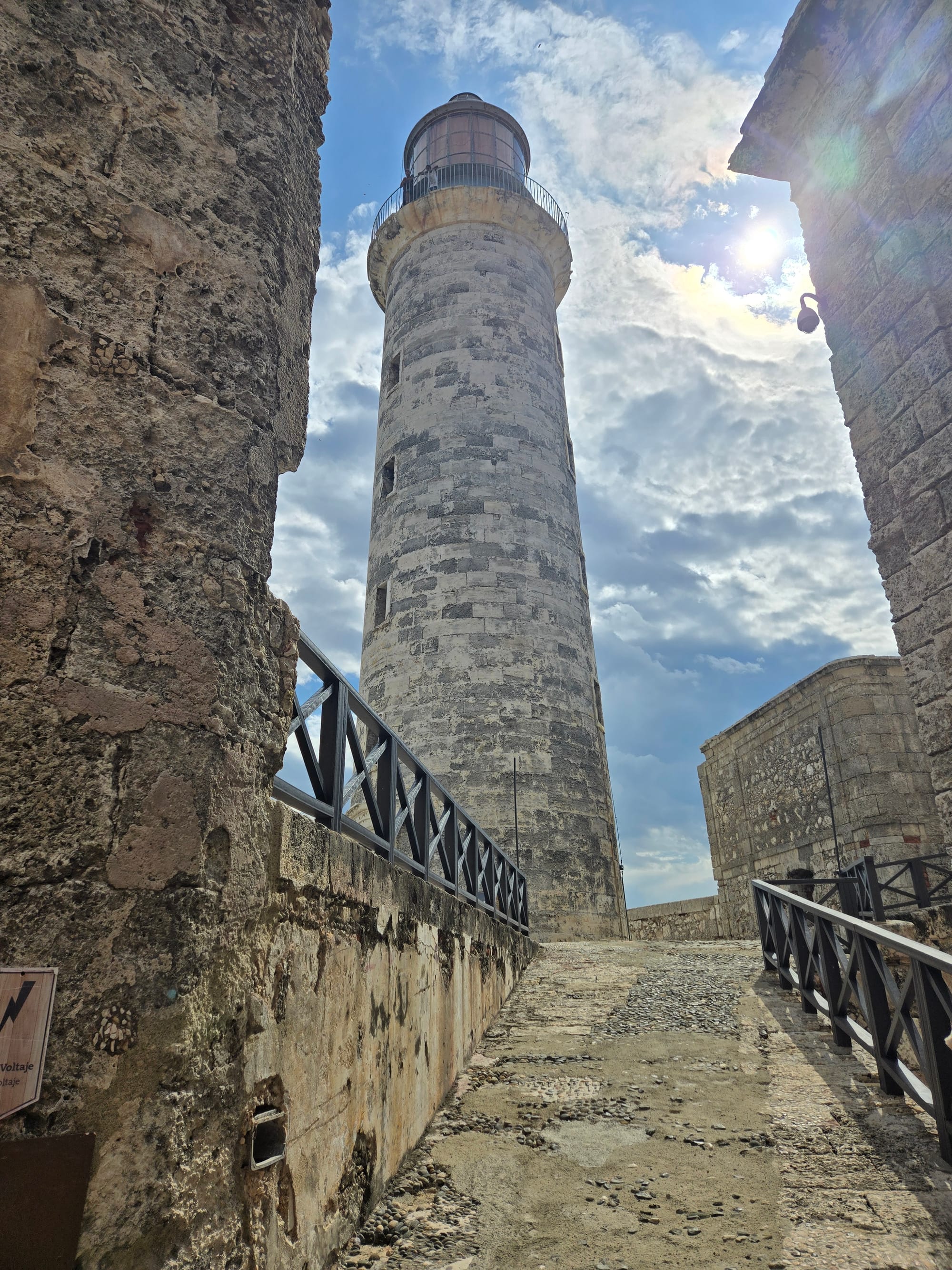
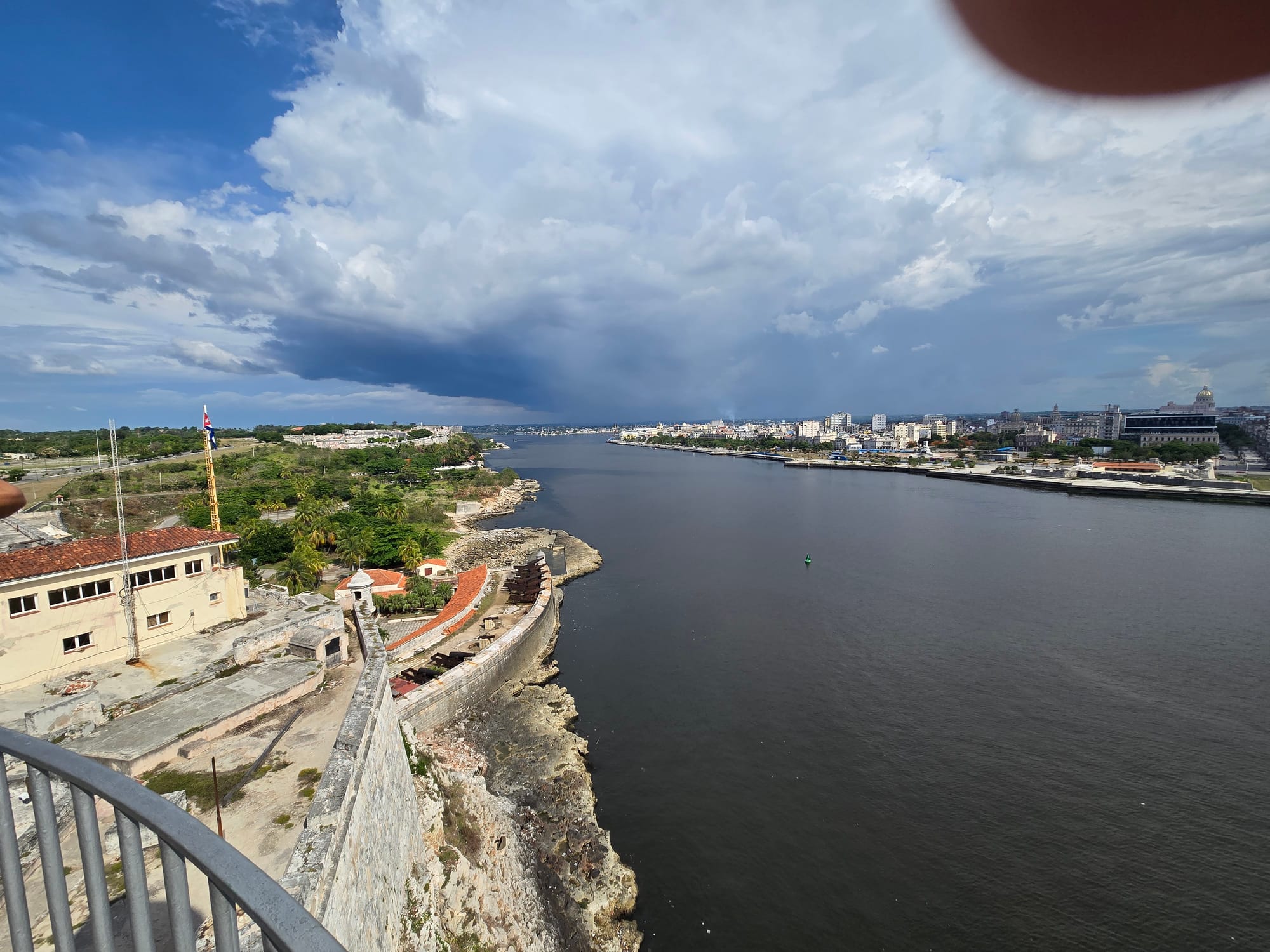
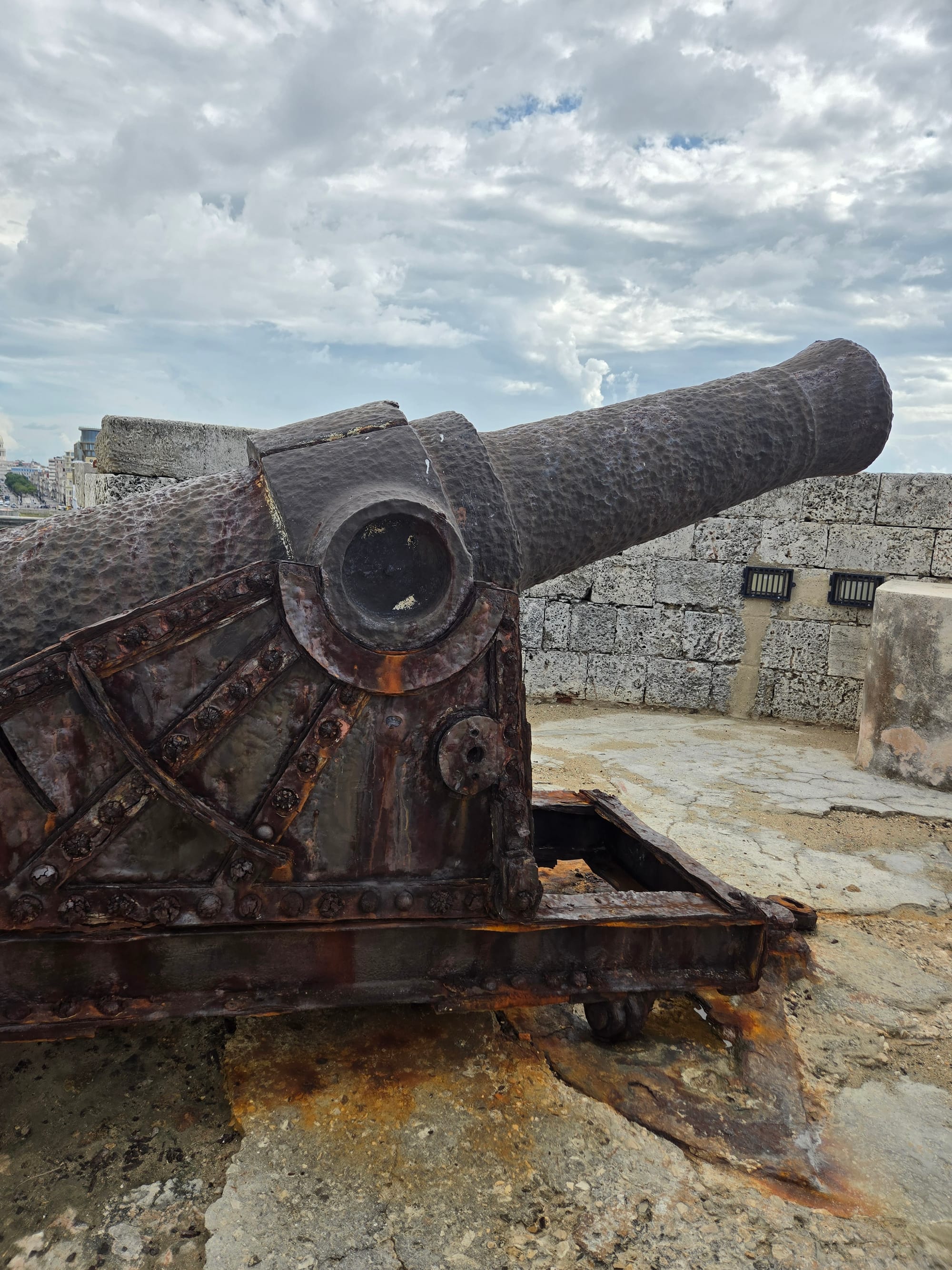
Old Havana
Declared a UNESCO World Heritage Site, Habana Vieja (Old Havana) is a winding labyrinth of colonial balconies, cobblestone streets, and cathedral spires. Spanish, African, and Caribbean culture collide in every block. Here, you feel it — the romance of the past mingling with the desperation and beauty of the present. In this place, the masculine call to explore, preserve, and redeem feels tangible.
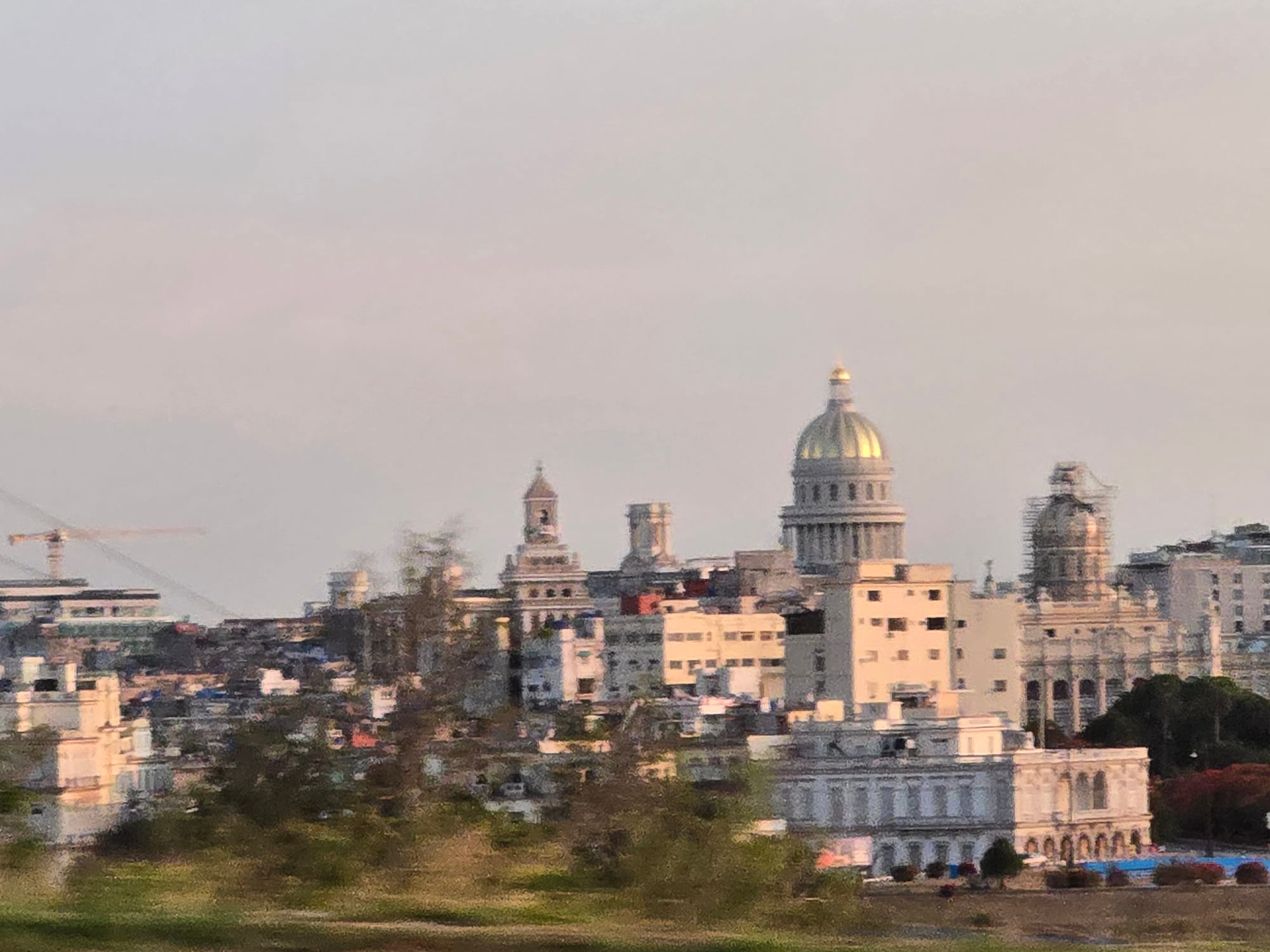


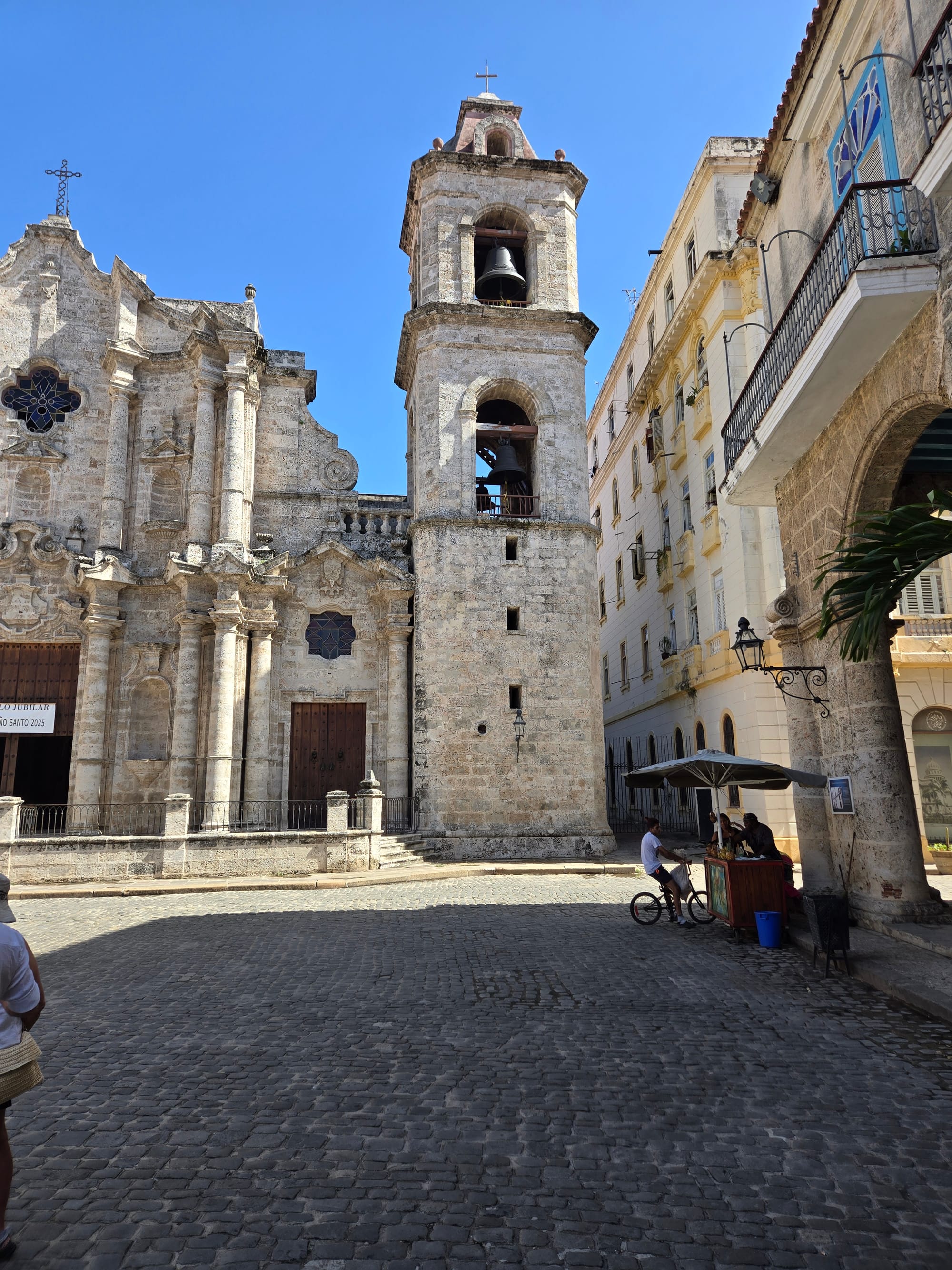
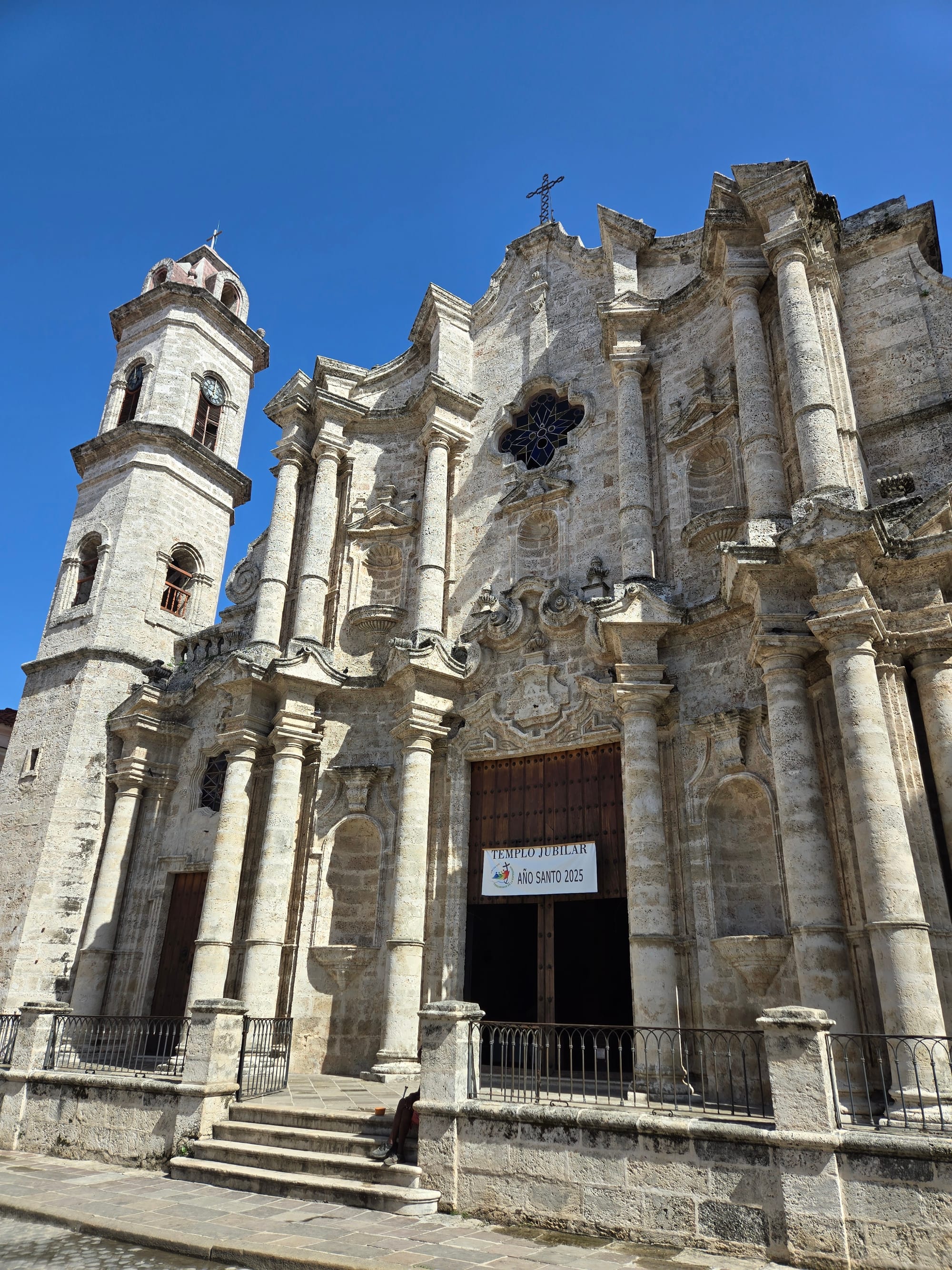
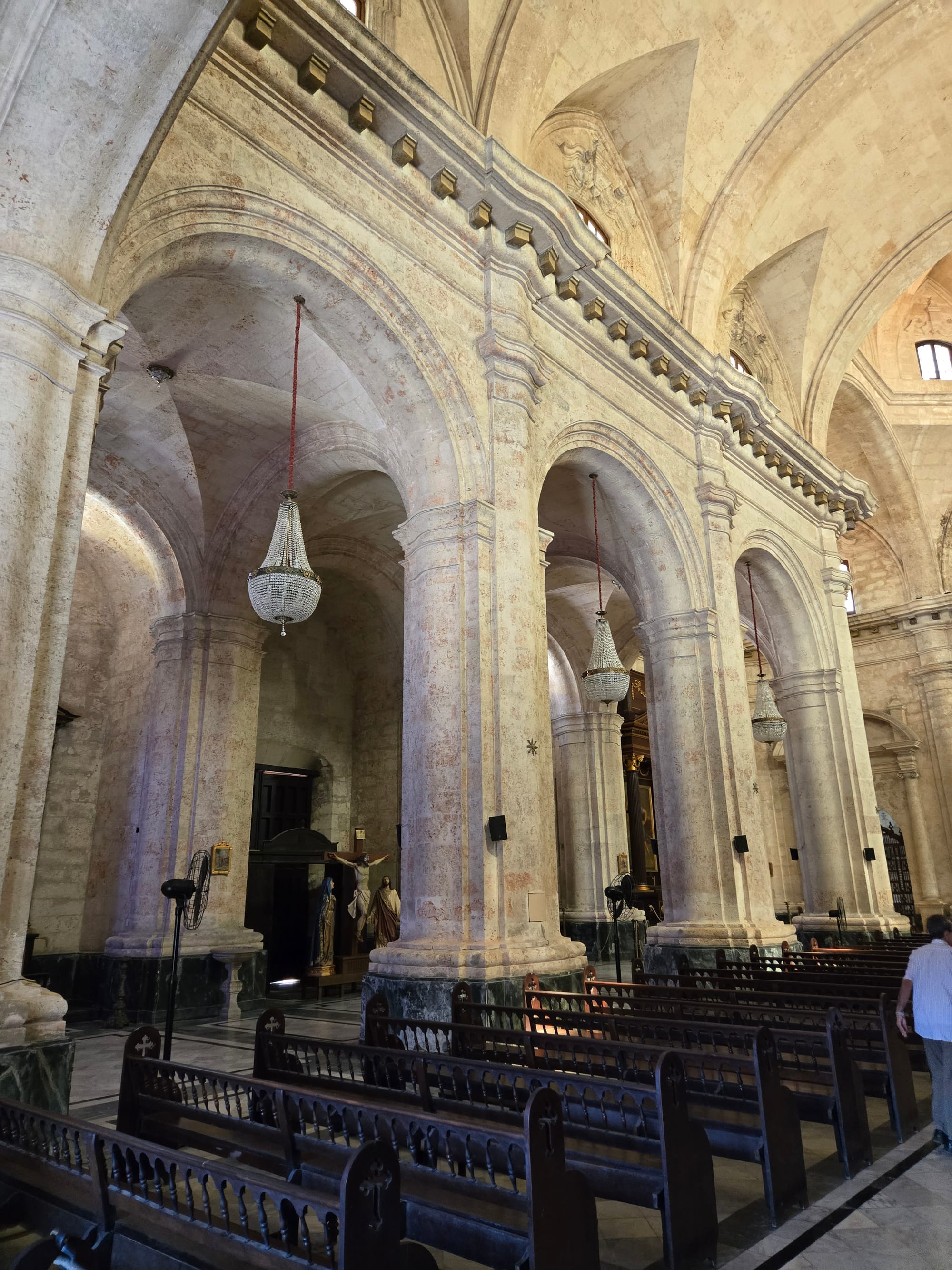
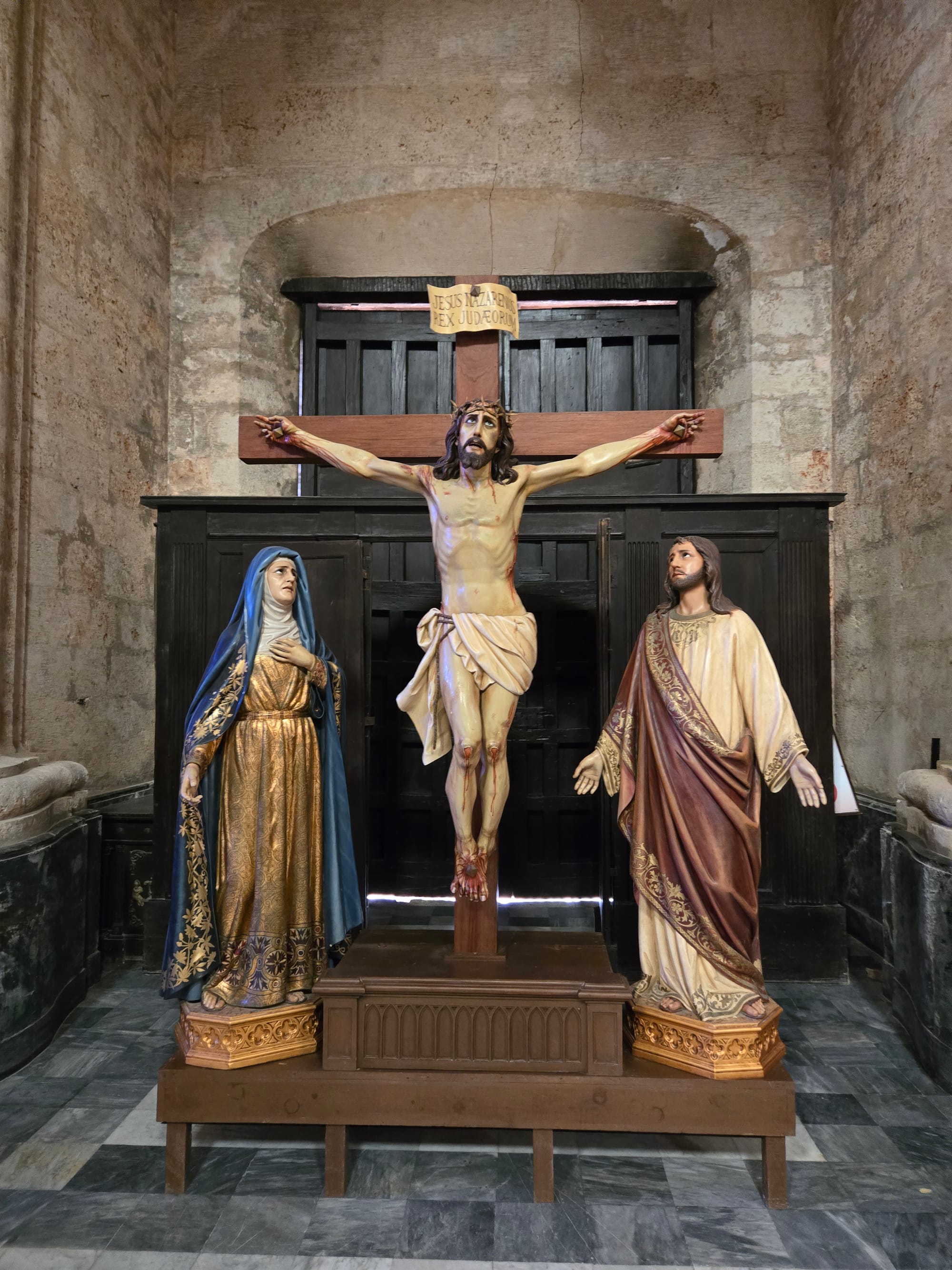
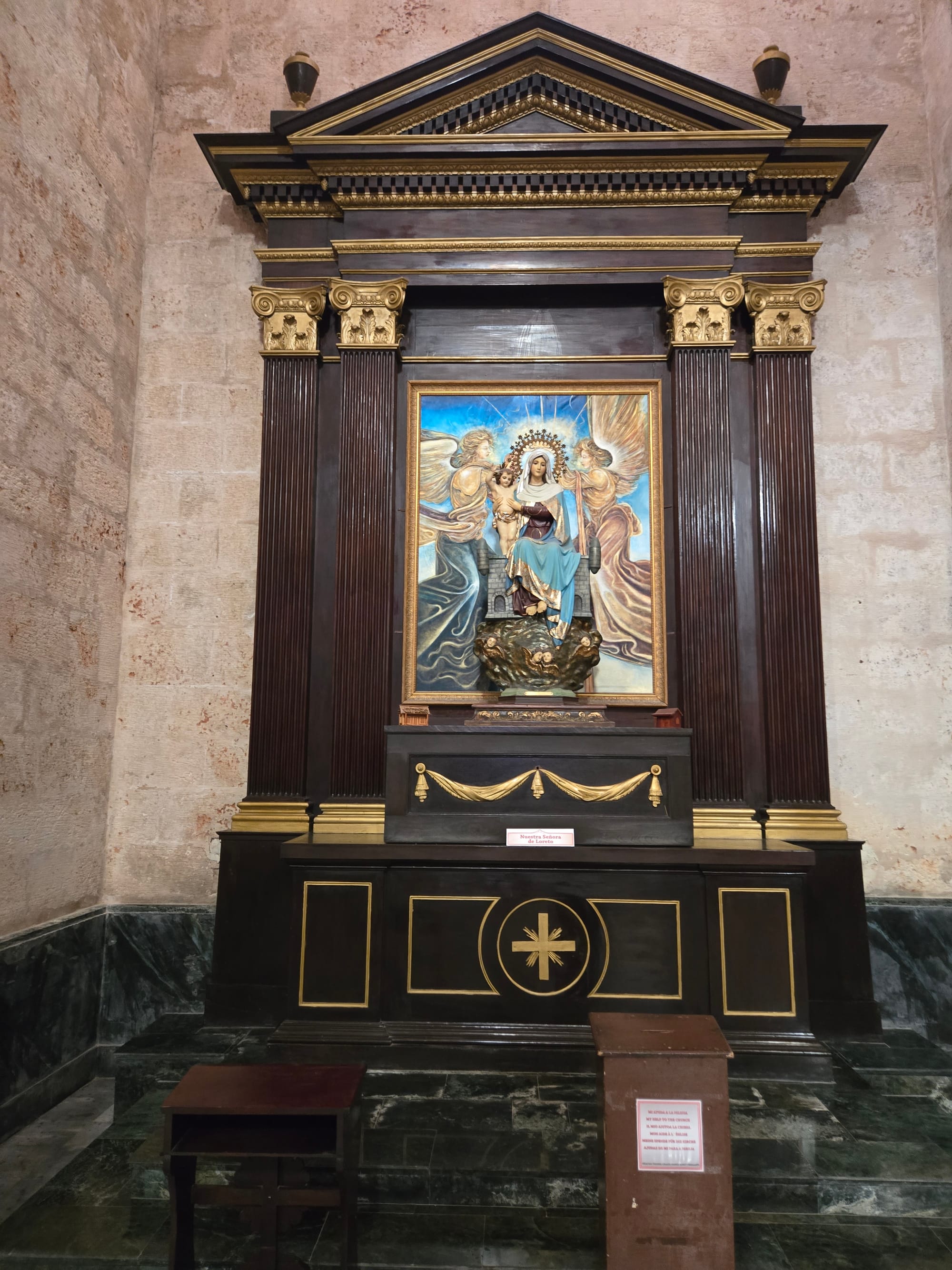
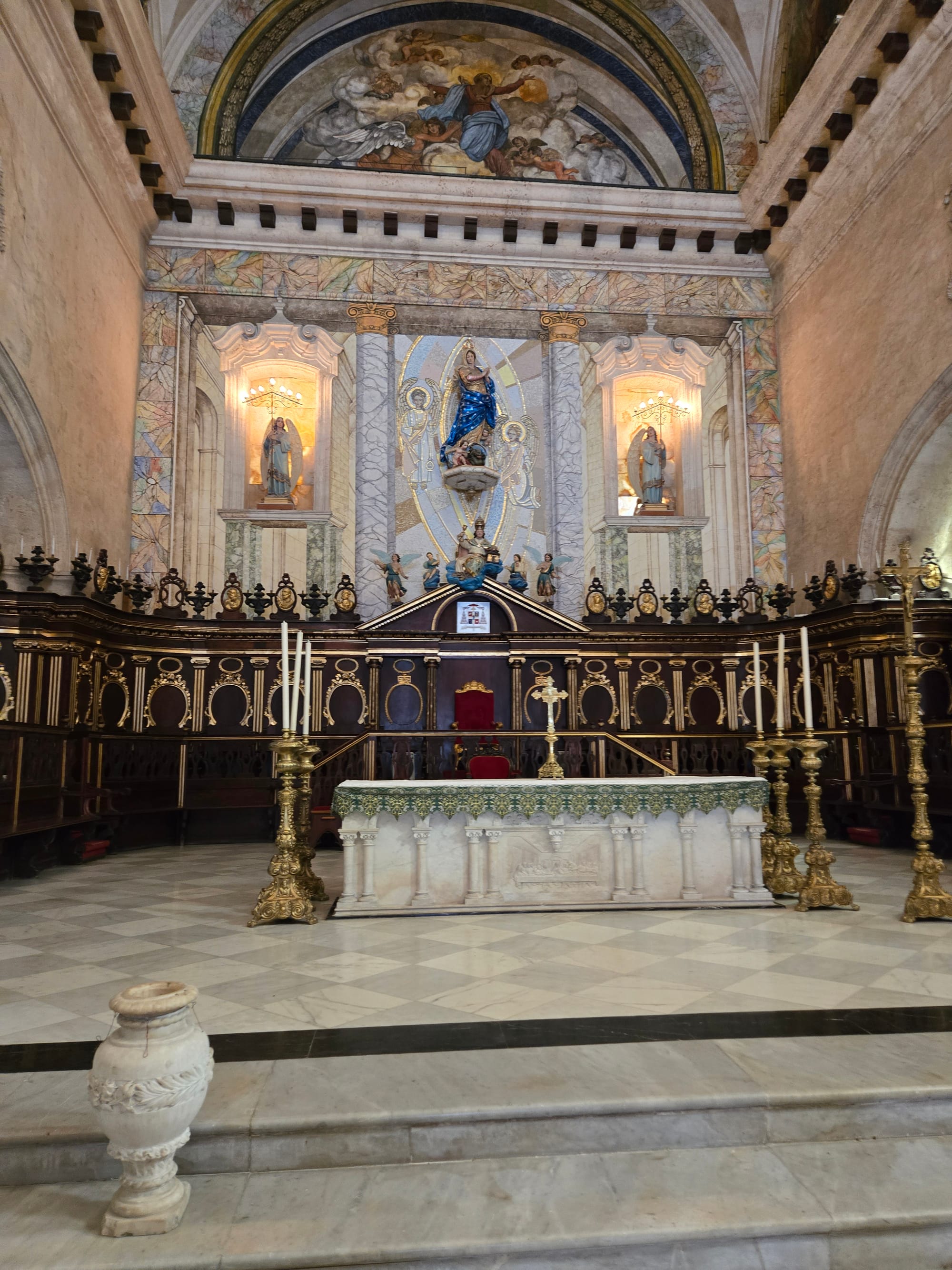
The Mountain Region
West of Havana lies a vast, fertile land (the Viñales Valley, part of the Pinar del Río region). This is where Cuba’s world-famous cigars and rums originate. Lush mountains, red earth, and rows of tobacco stretching to the horizon. Farmers still roll cigars by hand and dry tobacco on open-air racks. Even here, you find an intense reverence for craftsmanship, tradition, and masculine excellence.
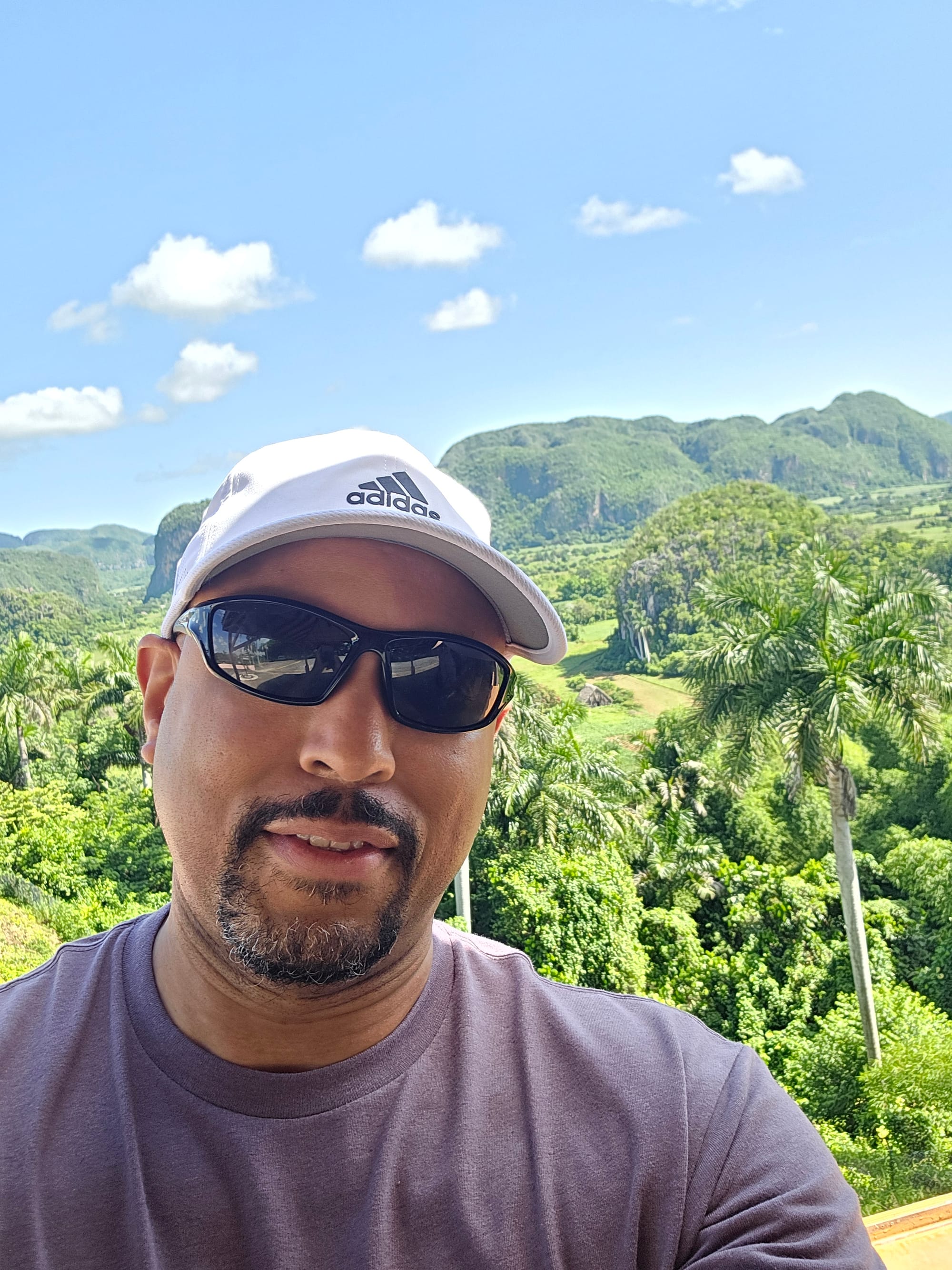
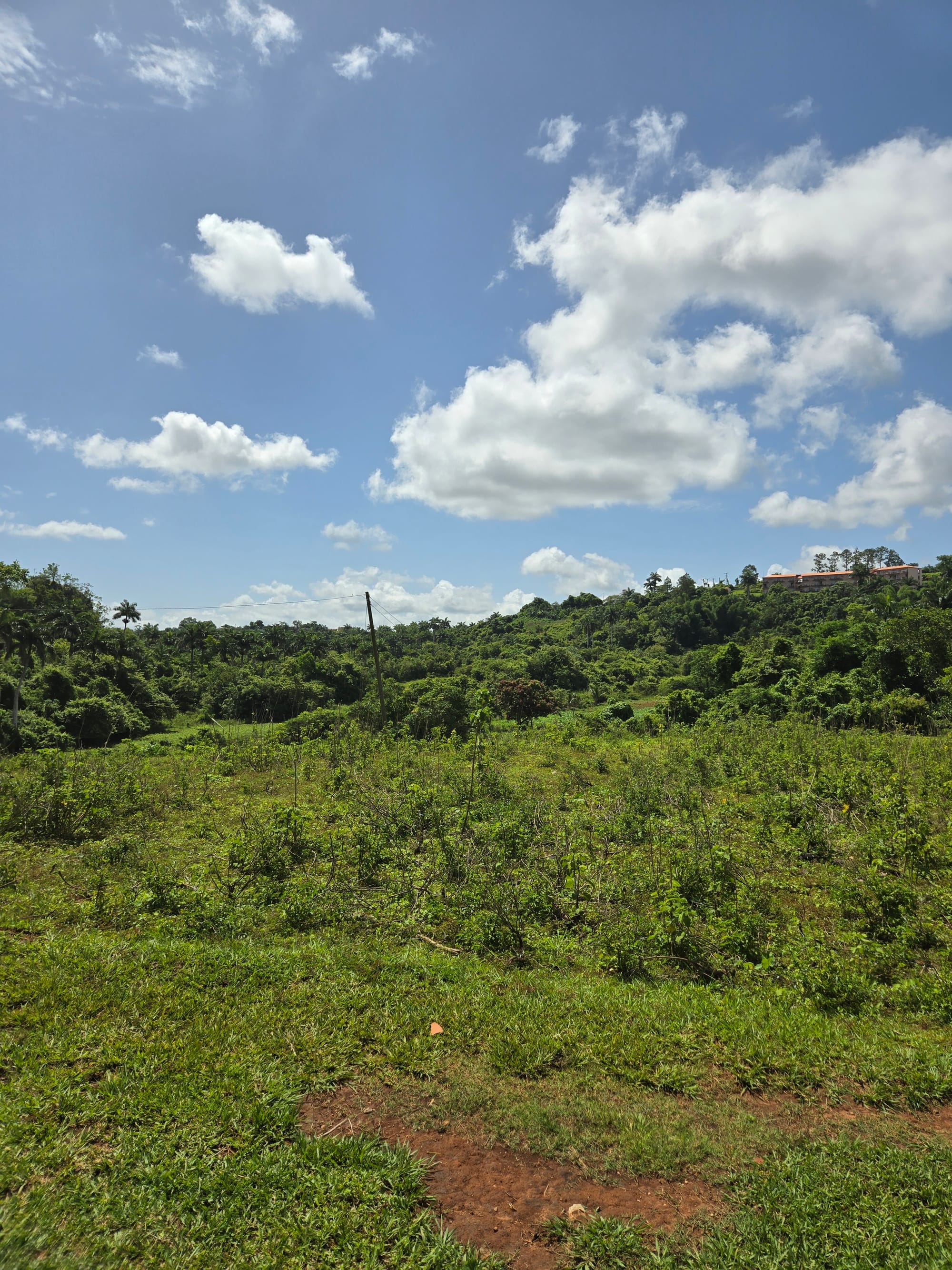

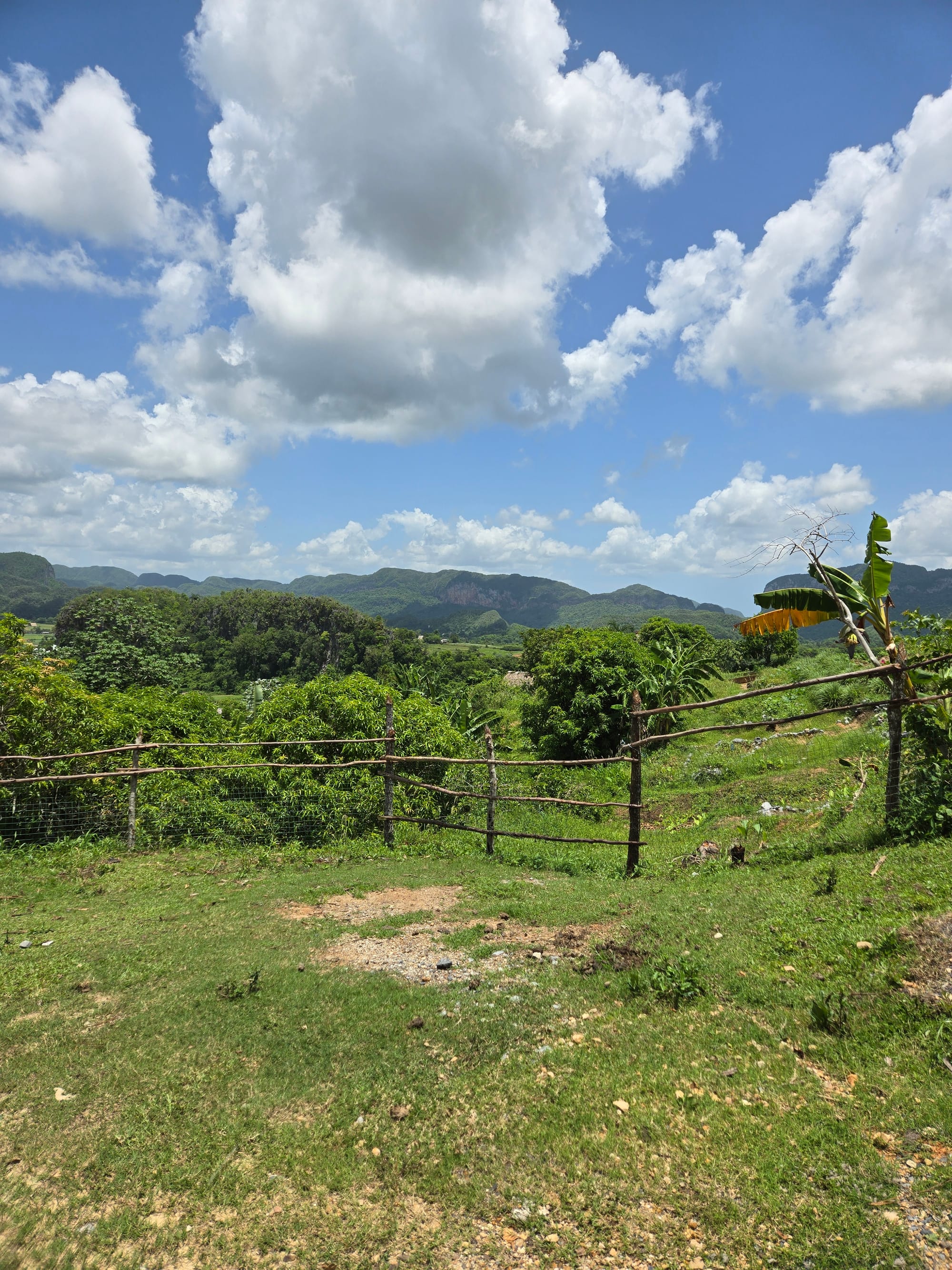
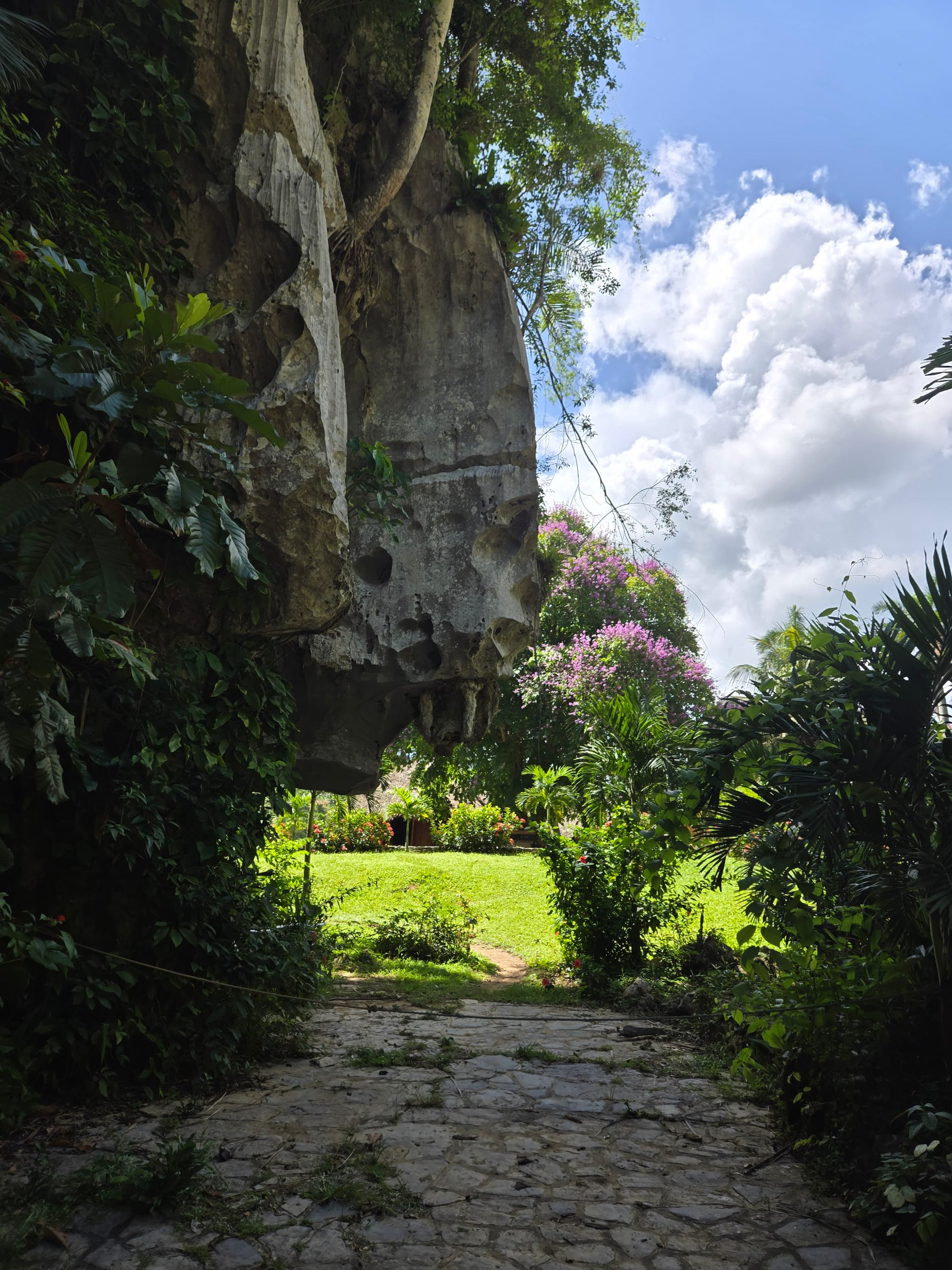
The Cars of Cuba
The cars - of course, the cars. Cuba is a 1950s time capsule, and nowhere is this more visible than in its cars. Rows of pristine Buicks, Chevys, and Fords roll past in neon pinks and cobalt blues, each one lovingly maintained, passed down, rebuilt. They are emblems not only of a fascinating Cuban subculture, but also of a bygone American era.
